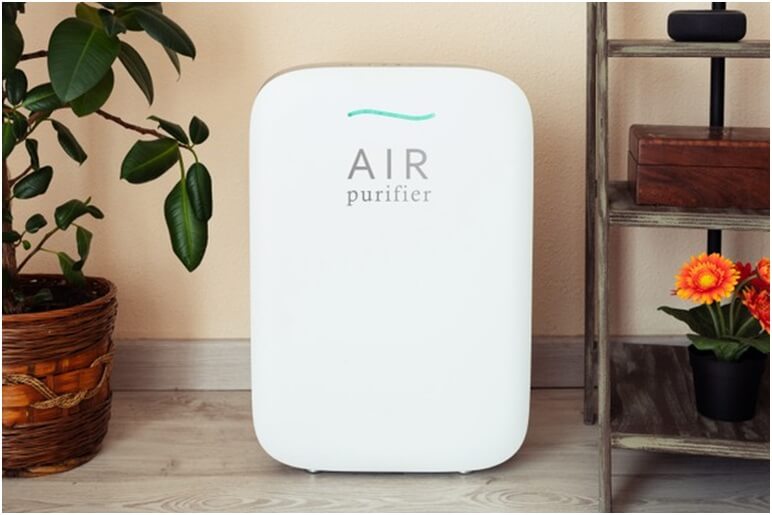
Air purifiers might look like a novel invention, but they have been in existence for over 200 years. They started as shielding masks for firefighters and have developed over the years for guarding you and your loved ones from airborne contaminants. In this article, we will discuss how do air purifier work.
Over 50 million Americans experience asthma and allergies, leading to a rise in the consideration for secure, indoor air quality. Today, more and more Americans are seeking ways to enhance their indoor air quality, and air purifiers are perfect for cleaning the air. They are a part of a complete approach to the decline of allergens.
How air purifier work?
Allergens such as pollen, smoke, viruses, bacteria, mold spores, pet dander, and other contaminants harm your lungs and immunity. Unluckily, most of these contaminants are invisible or can’t be viewed with naked eyes. An air purifier works by filtering out these contaminants from the air that can and can’t be seen with naked eyes. For eliminating these irritants, an air purifier usually utilizes filters, ozone, or electrical attraction.
They use fine sieves that filter particles out of the flowing air. While air flows into the air purifier, the finer the sieve in the interior of the air purifier, the tinier the particles it would catch. HEPA filters are the standard for air purifier filters that are ensured to trap 99.97 percent of air particles greater than 0.3 microns in size. The airborne particles are measured in microns. Every micron is equal to 1/25, 400 of an inch. A human eye can’t see anything smaller than 10 microns in size; thus, contaminants like viruses and bacteria get away from detection. r
HEPA filters effectively take out smaller-sized allergens such as pollen, dust, pet dander, chemicals, smoke, and asbestos. The room AC filters could just trap particles of 10.0 microns or greater. Therefore, they are not as effective as air purifier filters for purifying the air.
Electrical attraction is another kind of technology that the air purification system Hinsdale uses for capturing pollutants. There are 3 kinds of air purifiers that function by utilizing electrical attraction:
- Electrostatic precipitating cleaners
- Electret filters
- Negative ion generators.
A negative ion generator could, at times, be the only cleaning component in theair purification system Hinsdale, or it could function along with a HEPA filter.
Find out how indoor air quality affects student health and performance.



